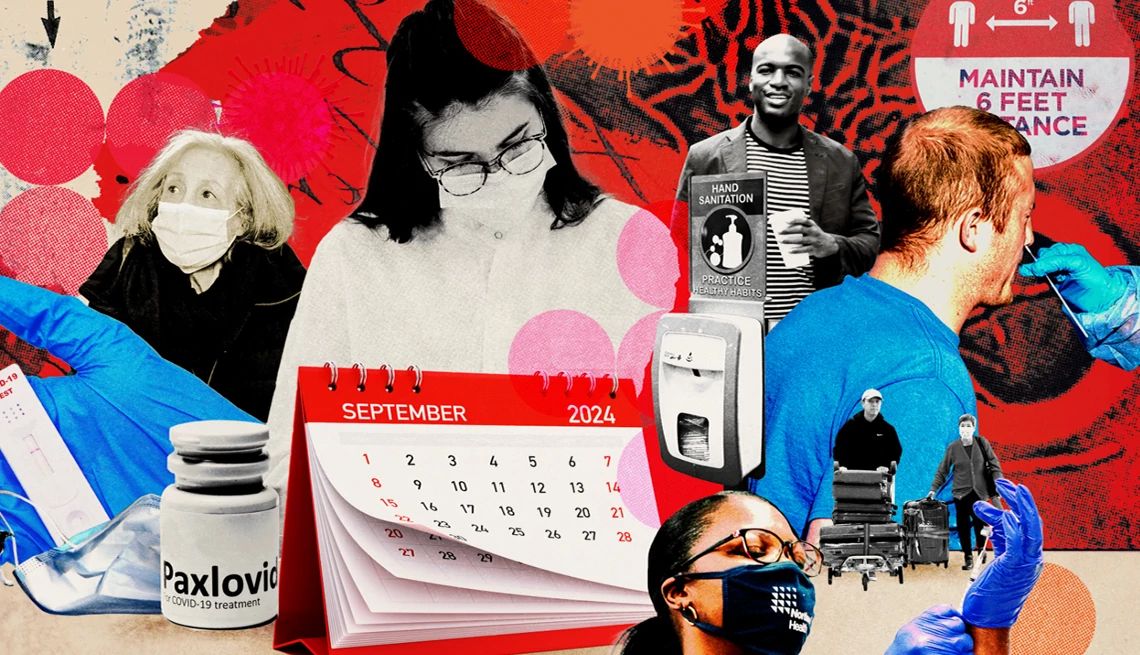AARP Hearing Center


Even though temperatures are still summerlike in many areas of the country, it’s time to start preparing for the coming cold and flu season.
Health officials are predicting that the 2024-2025 respiratory illness season will be similar to last year’s, possibly even better.
“That being said, there are a lot of assumptions that go into a projection,” Centers for Disease Control and Prevention (CDC) Director Mandy Cohen, M.D., said at an August press briefing. “If those assumptions prove wrong, say, for example, the number of people who ultimately get vaccinated against flu, COVID-19 and RSV is lower than expected, then that could mean more hospitalizations, not fewer.”
Newly updated COVID-19 vaccines were recently approved and are making their way to pharmacies and clinics nationwide. Flu shots for the 2024-2025 are also starting to become available and are especially important for older adults who are at higher risk for getting seriously ill if infected.
The CDC estimates that between 70 and 85 percent of flu-related deaths in the United States occur among adults 65 and older, and as many as 70 percent of flu-related hospitalizations happen to people in this age group.
“Influenza is a serious illness, and people need to be thinking of it as such,” says Mark Rupp, M.D., a professor and chief of the Division of Infectious Diseases in the Department of Internal Medicine at the University of Nebraska Medical Center.
But often people don’t think of flu as being as serious as some other diseases, says Kathleen Linder, M.D. a clinical assistant professor of infectious diseases at Michigan Medicine.
“I think part of the challenge is that people use the word ‘flu’ to mean a lot of different illnesses,” Linder says. “You hear people talk about the stomach flu, which isn't influenza at all. And I think it's just important to remember that influenza proper can be very, very dangerous. Some of the sickest patients that we see in our ICU are people who have influenza.”
Research shows the flu vaccine can lower your risk of hospitalization and death from influenza. Rupp says that on an average year, “there's somewhere around 25,000 deaths in the United States due to influenza that can be very much diminished at risk by getting an influenza vaccine.”
Here’s what you need to know about getting the shot this year.
1. The vaccine targets three influenza viruses
Similar to the COVID-19 vaccine, the composition of the flu vaccine is updated each year to target stains of the influenza virus that health officials expect will be circulating.
This year’s flu shot will be trivalent, meaning it will protect against three different influenza viruses, including H1N1, H3N2 and a B/Victoria lineage virus.







































































More From AARP
Is It OK to Be Around People When You Have COVID?
With relaxed guidelines, experts urge precautions among older adultsHave the Flu? Here's What You Need to Do
Plus, what not to do when you’re sickTry These Tips for Living a Healthier Life
Small changes can add up to big mental and physical results
Recommended for You